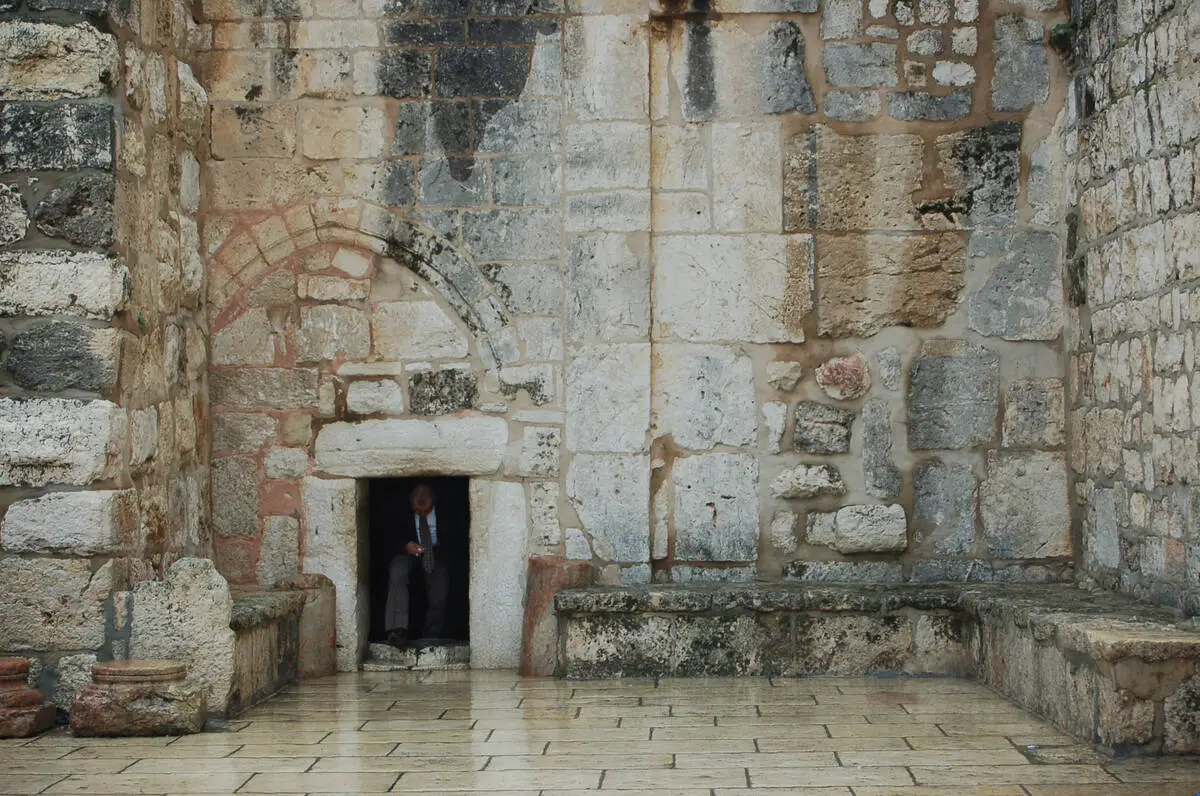Christian monasteries 🢔 Religious architecture 🢔 Architectural wonders 🢔 Categories of wonders
Wonder
Stavrovouni Monastery
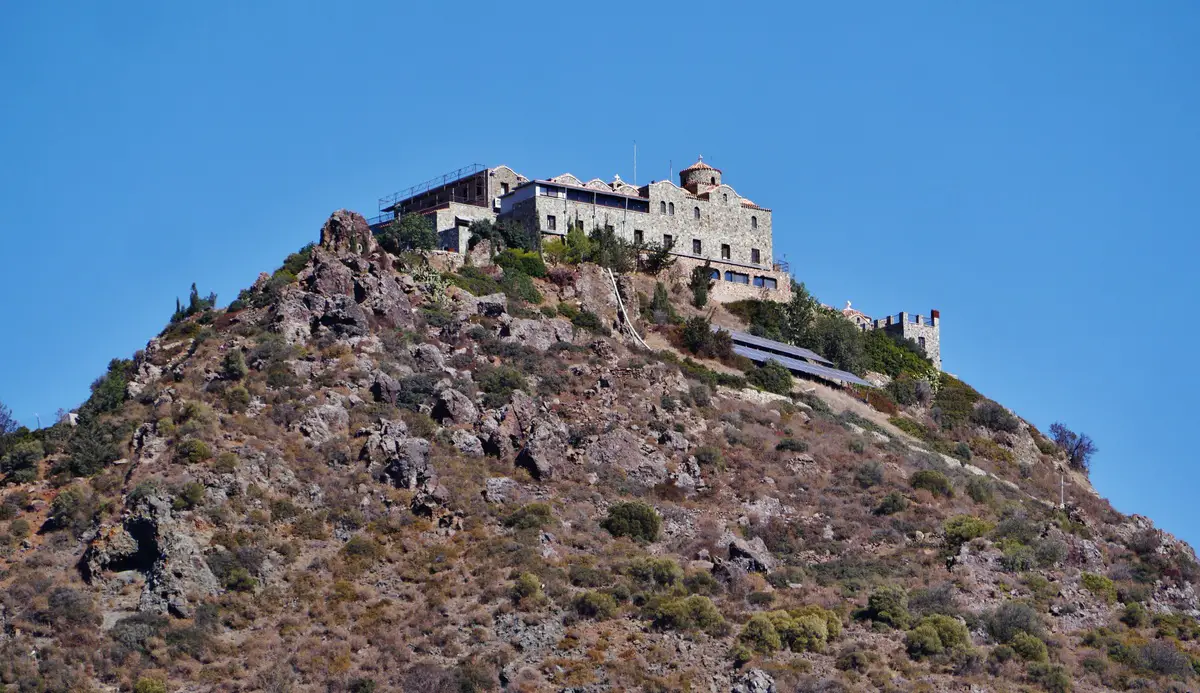
 In short
In short
Although the buildings of Stavrovouni Monastery are fairly new, this might be one of the oldest Christian monasteries in the world. According to a legend, it was founded by Saint Helena in 337 – 339 AD.
 46.4%
46.4%
GPS coordinates
Location, address
Name in Greek
Founded
Order, branch of Christianity
Map of the site
If you see this after your page is loaded completely, leafletJS files are missing.
 In detail
In detail
History
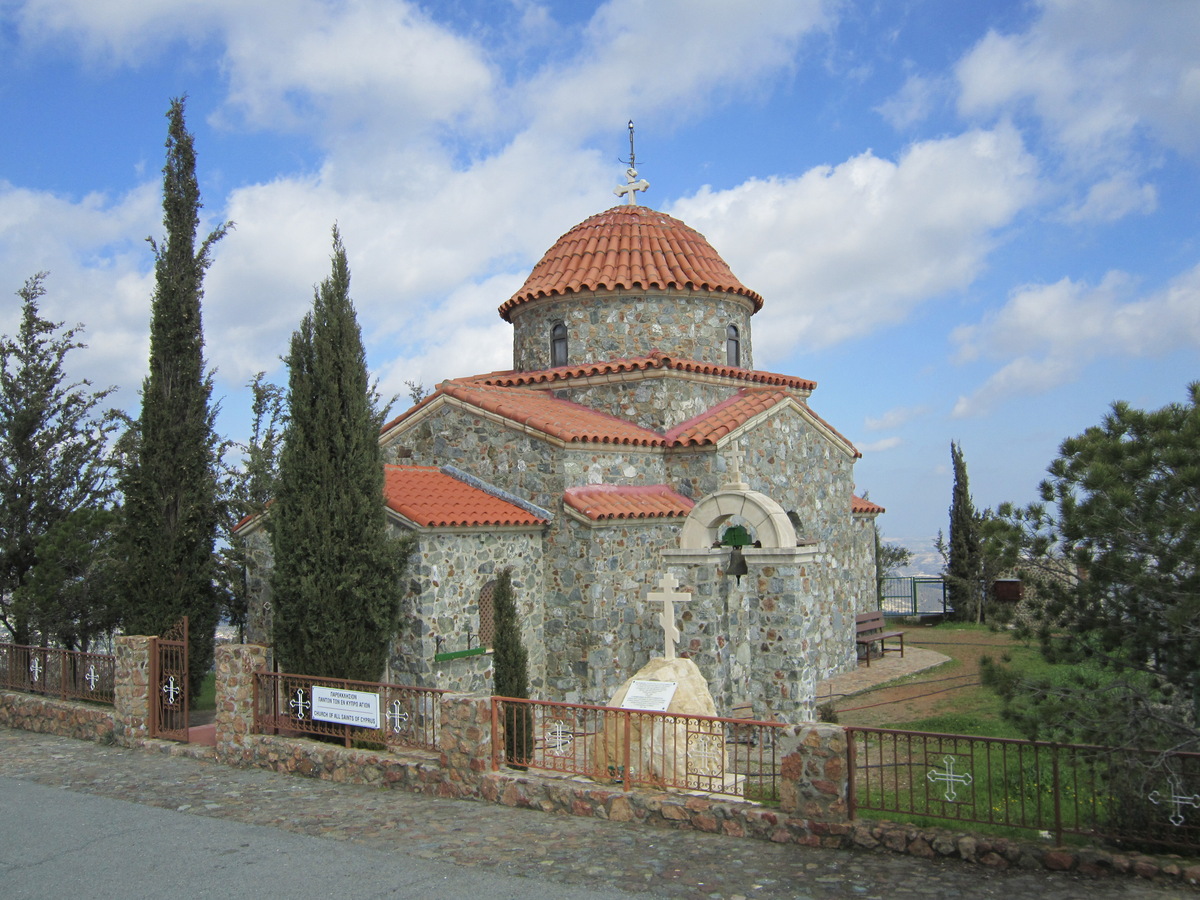
Antiquity
The highest mountain in Cyprus is the 1 952 m high Mount Olympus in Troodos Mountains. But in earlier times there was another Mount Olympus – the present-day Stavrovouni Mountain which is some 700 m high.
A shrine on the top of this mountain has existed since antiquity. Before the coming of Christianity, there was a paganic shrine, possibly a temple to Aphrodite. Two ancient limestone statues have been found in the area of the monastery.
Pilgrimage of Saint Helena and the Holy Cross
Saint Helena, mother of the Roman Emperor Constantine I after the Ecumenical Synod in Nicaea (325 AD) went on a pilgrimage to the Holy Land. By that time she was 78 years old, but, it seems, Saint Helena was full of energy and definitely had an exciting journey. In 326 AD in Golgotha she, reportedly, found three crosses from cypress wood – the legendary crosses where Jesus and two thieves were crucified.
Her purpose was to bring the cross of the Good Thief (one of the two other crucified men) together with a piece of the Holy Cross to Constantinople.
The Holy Cross itself was left in Jerusalem and even captured by the Persians in 614 AD and recovered to the Church of the Holy Sepulchre in 630 AD.
There is also a version of the legend: Saint Helen ordered to split the Holy Cross into two crosses vertically and brought one half with her with an aim to bring it to Constantinople. During her journey, she was ordered by an angel to leave the pieces of the Holy Cross in several locations.
An interesting version exists also regarding the two other crosses. As it was impossible to find out which was the cross to the left of Jesus and which – to the right of him, Saint Helena ordered to exchange of the horizontal parts of the crosses.
Miracles in Cyprus
According to the 15th-century Cypriot chronicler Leontios Makhairas, due to a storm, the expedition of Saint Helena made a stop in Cyprus.
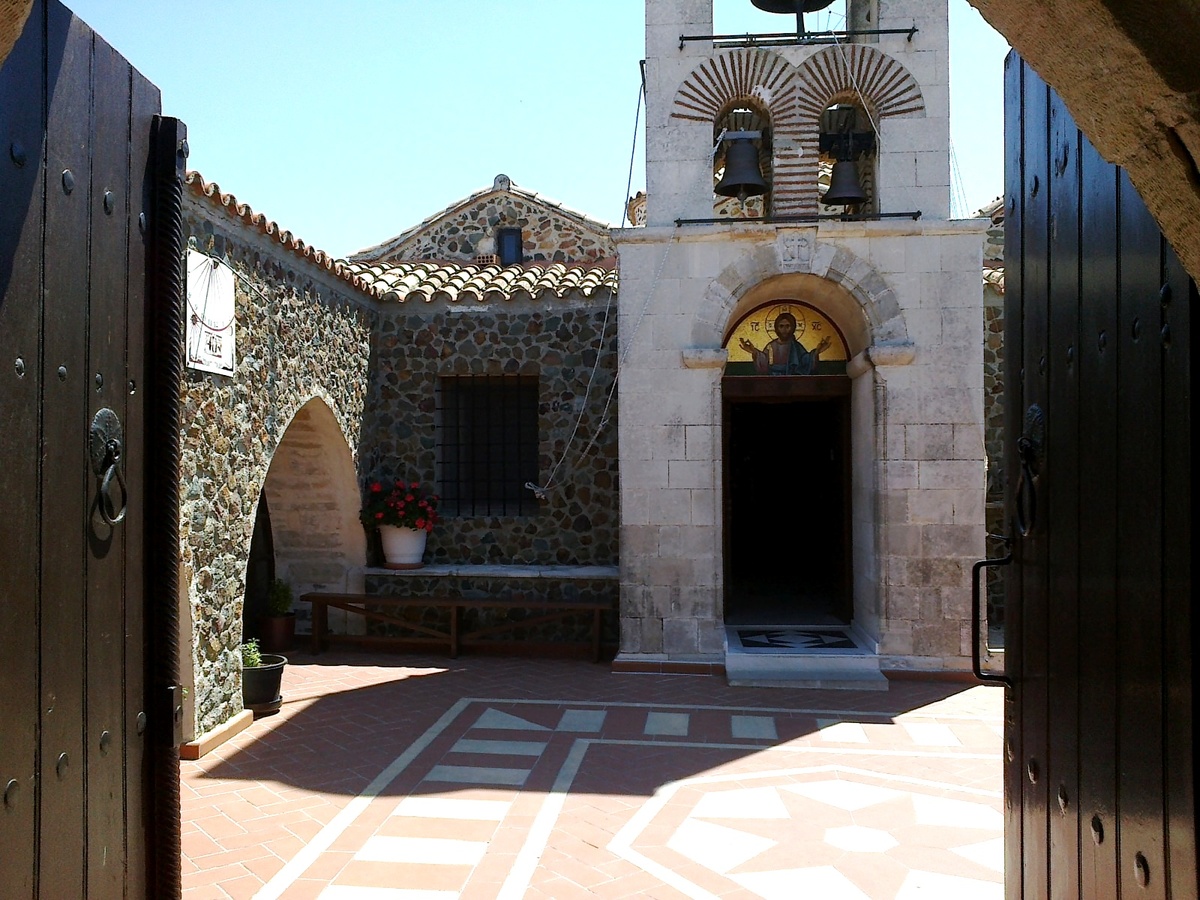
At this time the island experienced a terrible drought. Saint Helena had a vision during this storm: an angel appeared and ordered her to leave the peace of the Holy Cross in Cyprus as well as to set up a monastery on the island. Well, this journey had to be really tough, because, according to other chroniclers, she suffered a storm near Paros Island and had to stay there as well. As a result, another very old church, reportedly, was founded by her there – Panagia Ekatontapyliani.
But, in Cyprus, according to the chronicles, a wonder happened. The cross of the Good Thief miraculously was transferred to the summit of the mountain and a strong light came from the peak of the mountain. The cross was levitating in the air unsupported. Helena tried to get the cross back for further transportation – but without much success. Thus she decided to leave the cross there and ordered the construction of a small chapel there.
Thus, sometime around 327-329 AD the history of Stavrovouni Monastery started. This might be one of the oldest Christian monasteries of the world, although Monastery of Saint Anthony in Egypt (beginnings in 311 AD) and some other monasteries in the present-day area of Syria and Israel might be older.
Medieval times
Stavrovouni Monastery was an important religious center since its beginnings in the 4th century. Most likely, it gave the present name of the mountain – “Mountain of Cross”.
Stavrovouni Monastery is mentioned in many medieval chronicles – many pilgrims visited it on their way to the Holy Land. Thus, Abbot Daniel from Kievan Rus traveled there in 1106 and described the relic of the Holy Cross as a levitating object.
In 1192 – 1489 the monastery was managed by the Benedictines.
According to later writings, the cross of the Good Thief was captured by Mameluks in 1426 but returned to the monastery some years later in a miraculous way. Later the cross was lost anyway and has not been found anymore. In 1570 started the dark times of the Turkish occupation with massacres, plunders, and poverty. During the 16th-19th centuries, the monastery was almost abandoned. Nevertheless, for a long time, some hermits still lived in the monastery.
Modern times
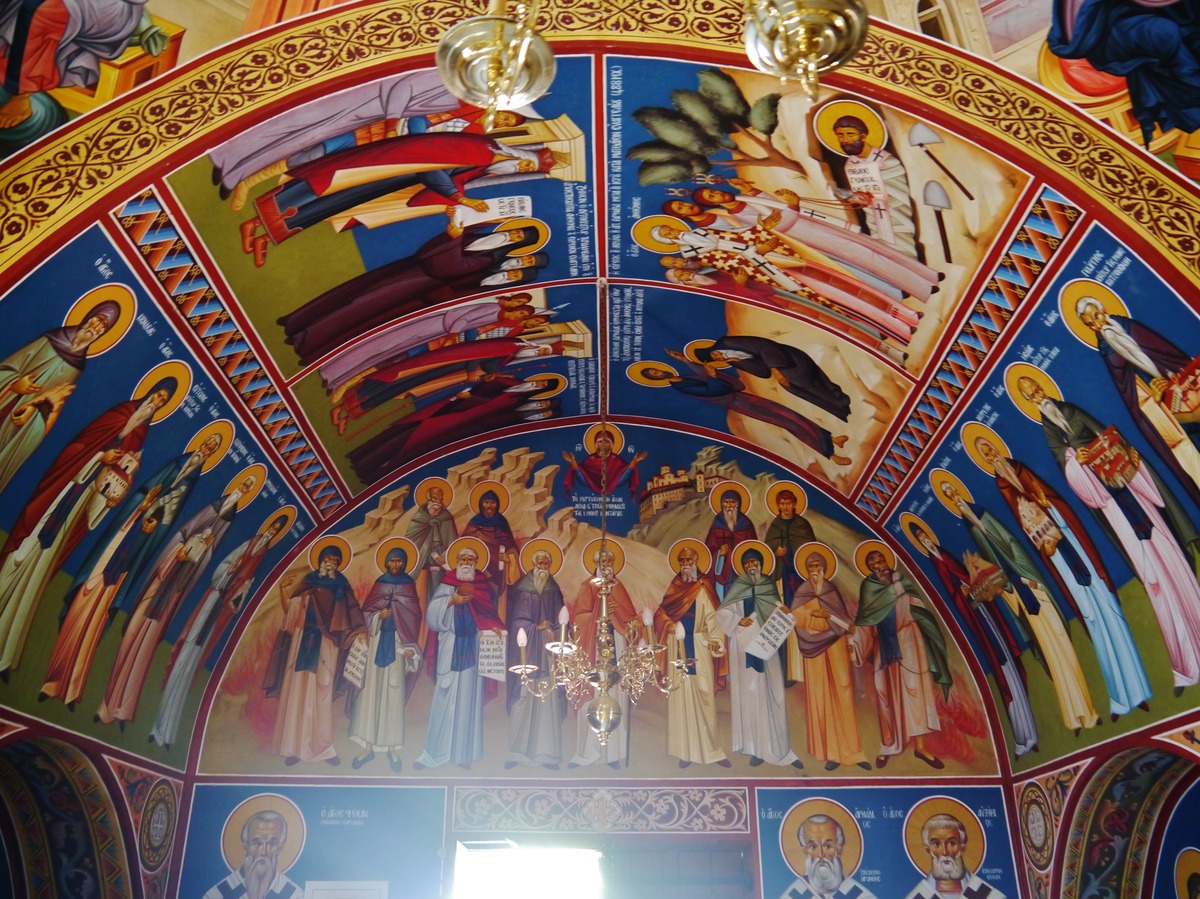
In 1878 the island was sold to the British. All the medieval structures were destroyed by fire in 1888 and the present-day buildings are much younger.
During the times of the British dominion, in 1889 the activities in the monastery were restarted by the Elder Dionysios A’ and gradually the monastery regained its importance and now is a spiritual center of Cyprus. Since the middle of the 20th century, Stavrovouni Monastery has organized the revival of other abandoned historical monasteries in Cyprus.
In 1976 the monks from the Turkish-occupied part of Cyprus, from the Monastery of Apostolos Varnavas found refuge in Stavrovouni Monastery.
Only in 1983 in the monastery was installed electricity and water supply – before this, the monks used rainwater that was collected in four large cisterns.
Description
Today the monastery is completely renovated. The small church in it has restored frescoes and icons that depict the legendary history of the monastery. Medieval architecture can be seen just in some places, for example, in the western support wall that has elements of Gothic architecture.
Under the church is a crypt where the remnants of deceased monks were brought three years after their death. There was also a secret crypt where the monks hid during the attacks. They stored in this crypt the valuables of the monastery as well. Today it serves as the Chapel of Saint Helena and Constantine.
A small piece of the original Cross is in the monastery up to this day, encased in a silver, cross-shaped reliquary. Other significant relics are one of the Holy Nails and a part of the rope used to tie Jesus to the Cross.
Monks of the monastery are known as masters of traditional icon painting and the creation of frescoes, as well as the production of frankincense. The monastery has some 30 monks in it and has a very strict rule of conduct. Women are not allowed to enter the main part of the monastery to retain the isolation of monks. It is also forbidden to take pictures in the buildings of the central monastery, while it is allowed into the All Saints Church.
From the monastery opens a beautiful view across most of Cyprus.
References
- Stavronouni, purga.org. Accessed on April 23, 2023.
Stavrovouni Monastery is included in the following article:
 Linked articles
Linked articles
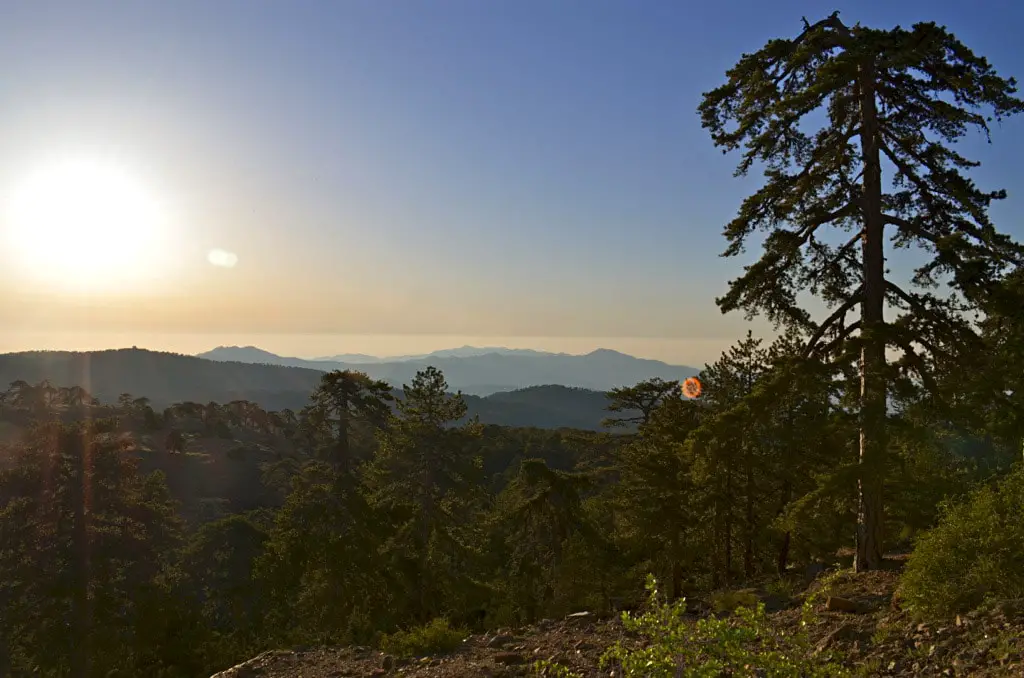
Wonders of Cyprus
Since prehistoric times Cyprus has been at the crossroads of cultures, between the ancient civilizations of the Near East and later civilizations in Greece, Rome, and medieval Europe.
Most interesting landmarks here are the remnants of prehistoric settlements – true eyewitnesses of the dawn of humankind, but not less interesting are the ruins of ancient cities. Very rich is the cultural heritage of Orthodox Christianity which is best expressed through the colorful frescoes in numerous medieval churches.
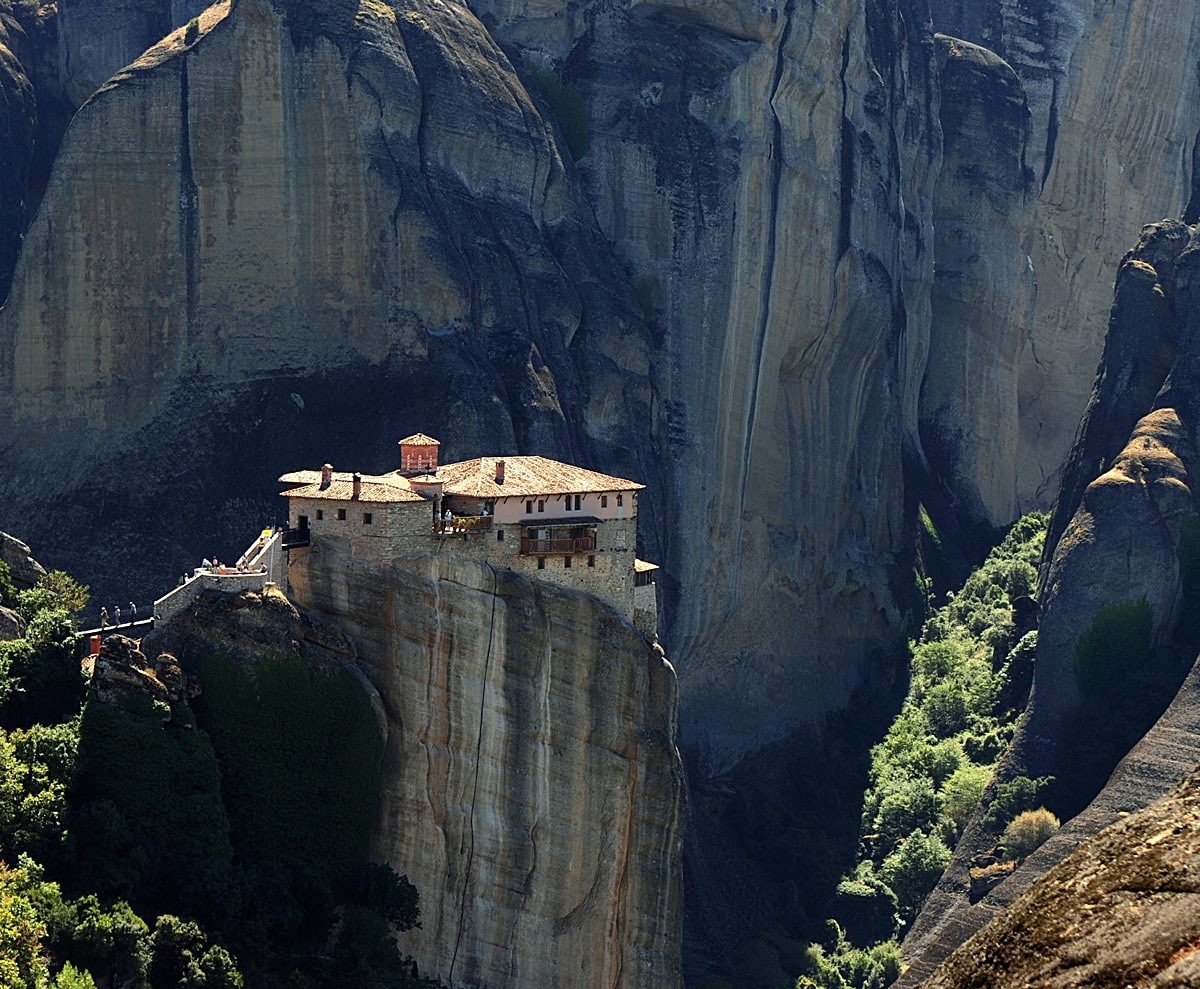
Christian monasteries
Christian monasteries have proven to be a very significant element in history, influencing politics, science, architecture, and art. Often monasteries themselves serve as collectories of written works, art, and crafts.
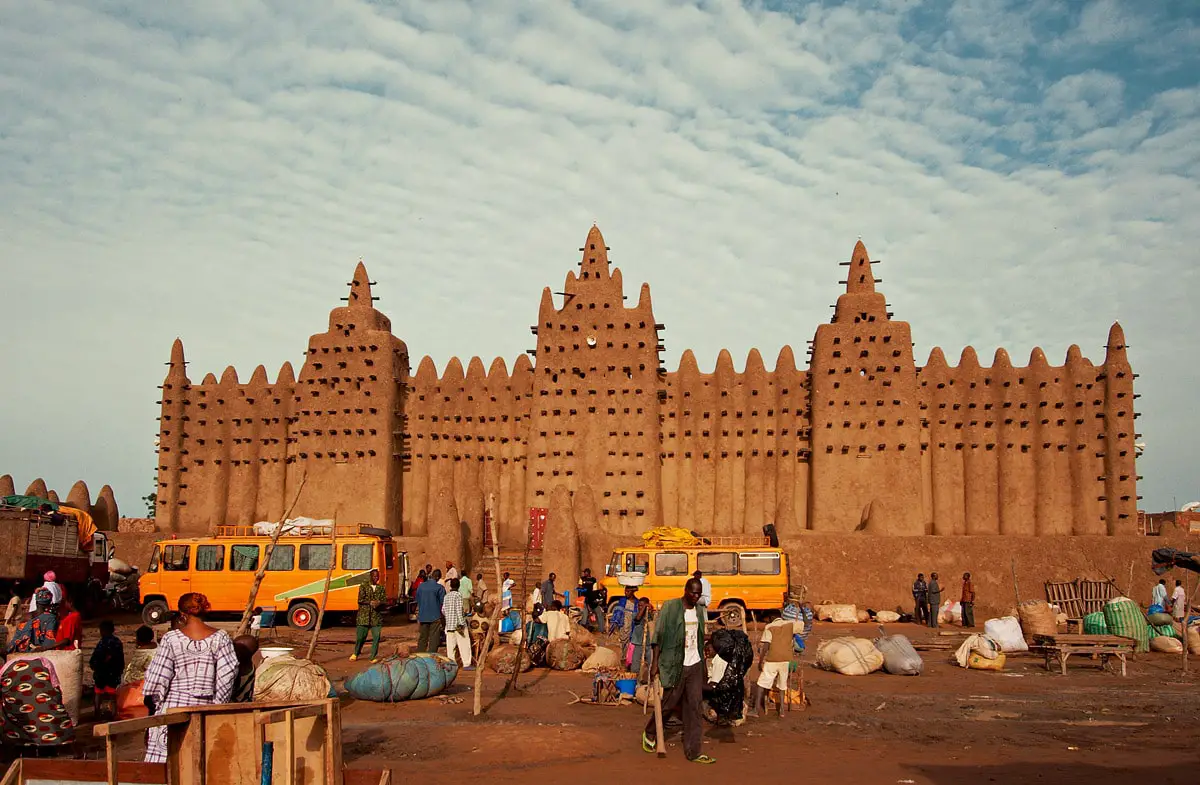
Religious architecture
Since ancient times human talents and skills have been expressed in religious architecture and arts, and traditions and rituals have evolved around pilgrimage sites. Religious buildings represent a major part of the highest achievements in architecture and crafts.
 Recommended books
Recommended books
A History of Cyprus, Vol. 1
Volume 1 describes the land of Cyprus before unravelling its history from the Stone Age to the Crusades.
Rose Book of Bible Charts, Maps, and Time Lines
The #1 Bible reference book celebrates its 10th anniversary with an updated 230-page edition that features more Bible maps, charts, and illustrations than the original! This stunning, easy-to-understand reference book still provides the same full-color, REPRODUCIBLE Bible charts and overviews that made the original a favorite, but in an easier-to-use, updated format!

